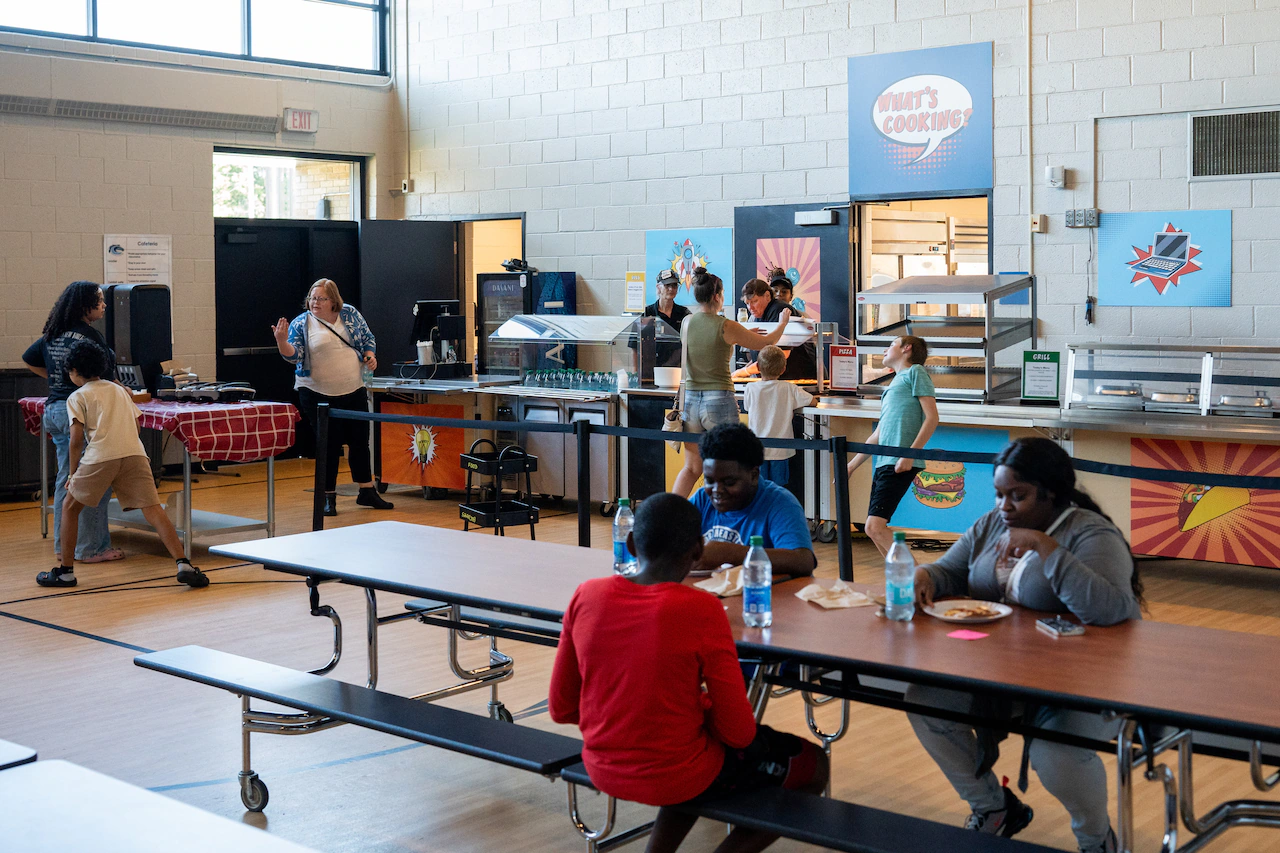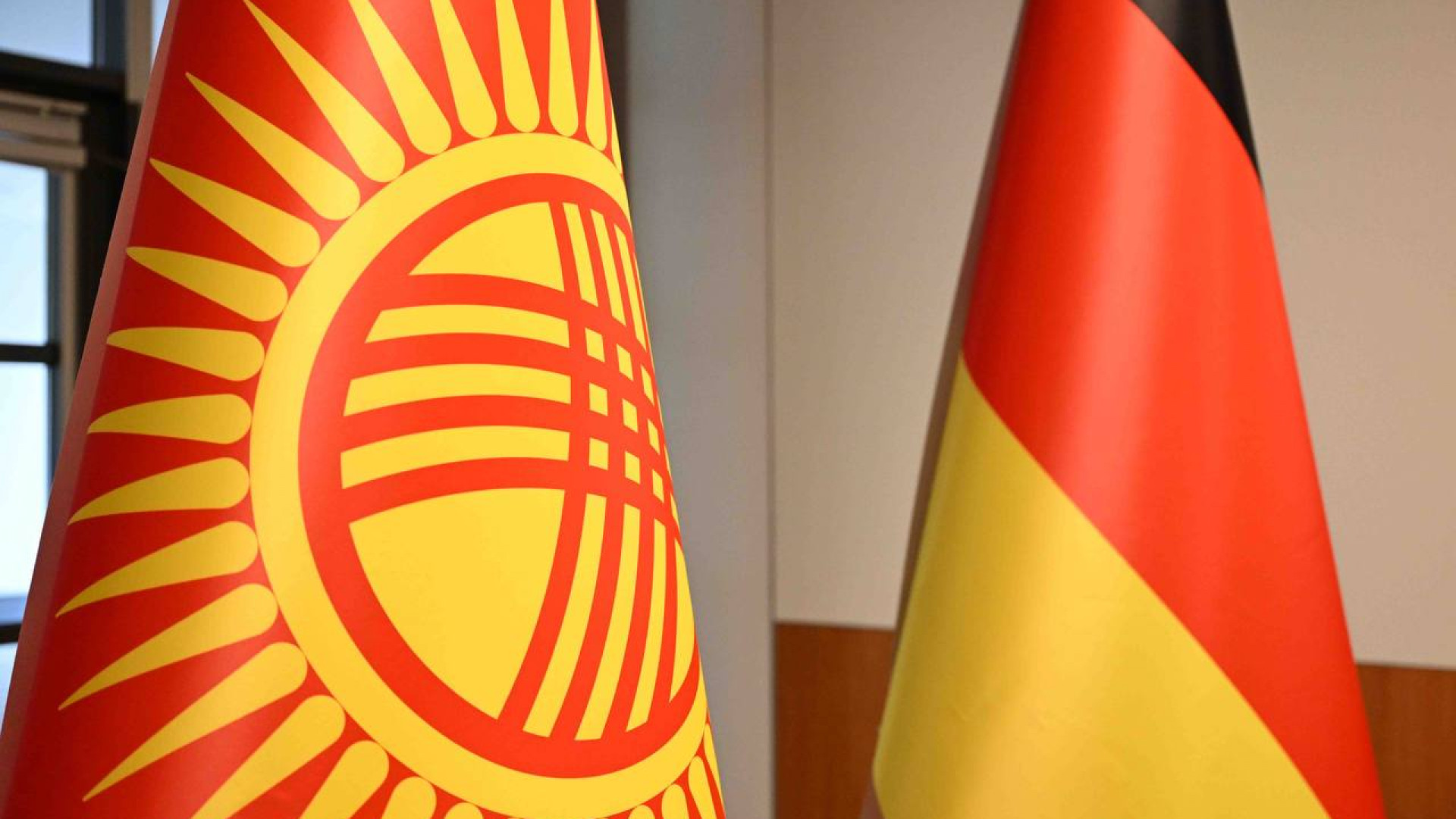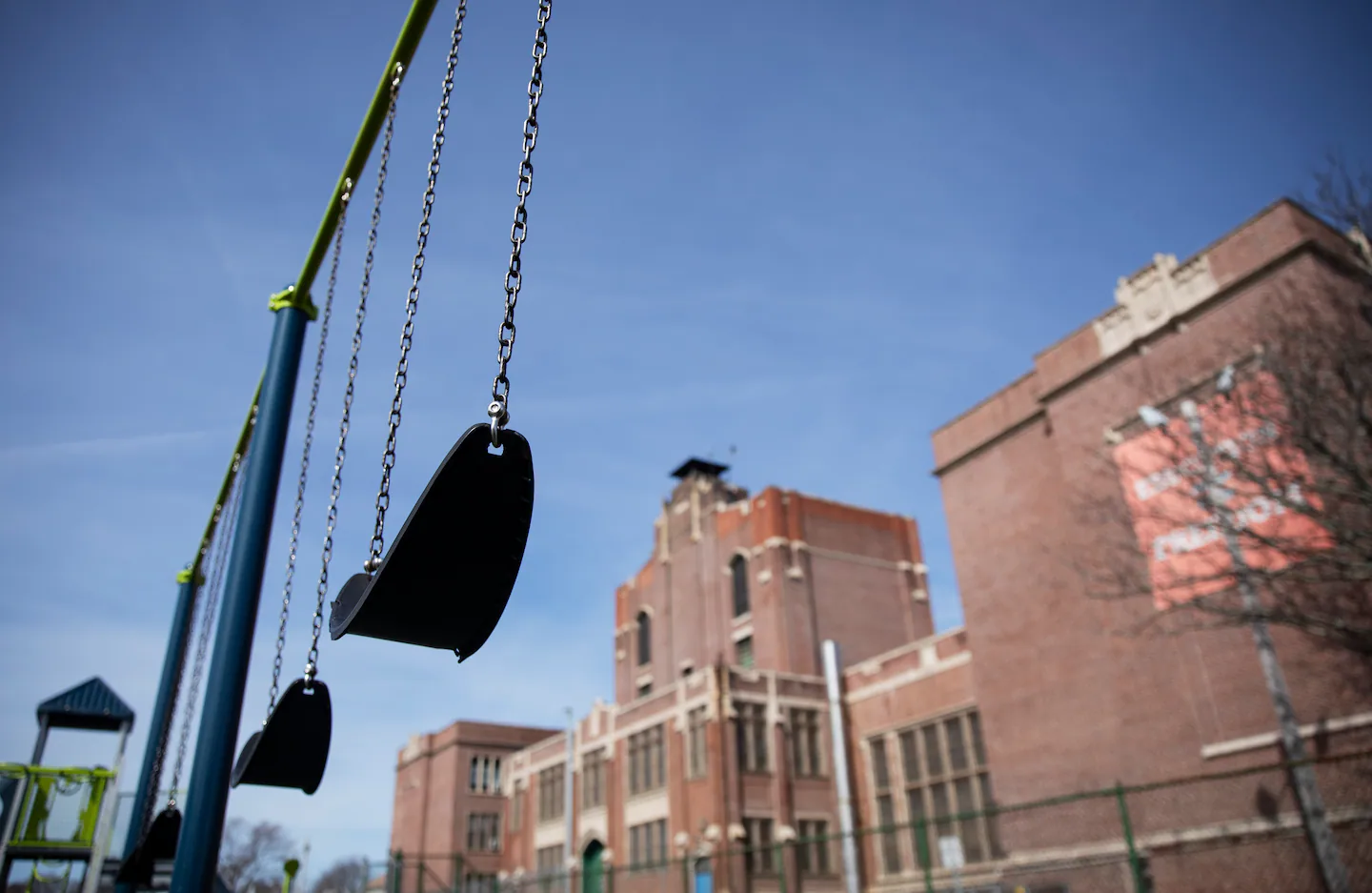
KALAMAZOO COUNTY, MI — Two months ago, Rebecca Walters started a “dinner train” for Vicksburg residents.
Families submit a meal request and people in the dinner train Facebook group make the meals.
In the first month, the dinner train helped four families, about 27 people. Most of them were children, Walters said.
“It’s not a charity, it’s justice,” said Walters, a parent herself.
Come Oct. 1, cash-strapped families in some school districts could have another challenge: funding their student’s lunch when funds for Michigan’s universal breakfast and lunch program run out.
Meeting a need
Michigan began providing free meals for all students regardless of income starting in 2023-24.
“When our kids are hungry, it’s nearly impossible to learn and to take in the material that is being taught at school,” said Gov. Gretchen Whitmer while visiting Hamilton Elementary and Early Childhood Center in Kentwood.
Some districts already provided free meals to all students through the federal Community Eligibility Provision (CEP). The state funding supplemented whatever student meals weren’t covered by CEP funding.
Since the COVID-19 pandemic, food costs have been on the rise. Food prices are up 18% since 2022, according to the U.S. Department of Agriculture.
In 2022, the year before the Michigan program started, food prices increased by 9.9%, faster than in any year since 1979, per the USDA.
Kathleen Fett, Twelve Baskets Food Pantry executive director, said the amount of families they serve has increased from 70 to between 350 and 450. Twelve Baskets, 10332 Portage Road in Portage, isn’t far from Vicksburg, but serves families across the county.
Walters sees the impact of hunger with her own children. When they’re hungry, they can’t focus.
Their family has been able to budget for increased food costs, but the change is notable. A couple years ago she would spend $800 a month on food. Now it’s more like $1,400.
Growing up, Walters said she was friends with the “hungry kids” and would have sleepovers with them.
“Their parents, the only thing that they could do was three boxes of mac and cheese,” Walters said. “You could see the hunger in the other kids and you couldn’t say anything.”
Whitmer said free school meals have had “countless benefits for our students’ social, mental and physical health,” outside classrooms.
Beyond the impact on children, Walters said she’s also worried about the impact managing hungry children will have on teachers.
“Those teachers, their days would be much more miserable if they didn’t have equal food for the kids or equal opportunities for food among the kids,” Walters said.
An uneven playing field
Districts that receive CEP funding won’t be affected when state funding runs out.
“You may have a kid whose family doesn’t qualify for free/reduced lunch, but they get it because the whole district qualifies,” said Jeffrey Thoenes, superintendent of Comstock Community Schools, a CEP qualifying district.
CEP qualifications are based on how many high-need students a district has. Families don’t have to apply to be eligible.
CEP uses data from the Supplemental Nutrition Assistance Program (SNAP), Temporary Assistance for Needy Families (TANF) and the Food Distribution Program for Indian Reservations (FDPIR).
Students from families who receive Medicaid benefits or students who are certified to receive free meals because they are unhoused, migrant, enrolled in Head Start or in foster care, also count toward identified students.
If 25% of students in a district qualify, then districts can choose to participate in CEP and receive the free lunch and breakfast funding.
In Kalamazoo County, most districts qualify for CEP. Portage Public Schools and Vicksburg Community Schools don’t.
To receive free meals in school districts without CEP funding, parents have to fill out a free/reduced lunch application. If parents indicate they receive SNAP or TANF, they automatically qualify. If they don’t, all household members must provide their pre-tax income.
“This will have a dramatic impact on school meals in Vicksburg,” said Sarah Dyer, VCS food service director. “Our participation will drop, and students will not be getting healthy meals to fuel their bodies/minds like they are currently.”
If new state funding isn’t approved, VCS will charge students $1.50 for breakfast for kindergarten through 12th grade, $2.75 for lunch for Kindergarten through fifth grade and $3 for lunch for sixth through 12th grade.
For Portage Public Schools, meals are slightly more expensive. Breakfast is $1.50 for elementary students and $1.60 for secondary students. For elementary students, lunch is $2.75 and for secondary students, lunch is $3.50.
As of now, budget negotiations between Whitmer’s office, the Republican-majority House and the Democratic-majority Senate have stalled.
The budgets proposed by both chambers increase education spending, but the House Republican proposal is vastly different from the governor and Senate-proposed budgets. One of the differences is cutting billions in funding earmarked for student populations or specific programs, including the universal free breakfast and lunches program.
House Republicans argue this approach gives schools more spending freedom, while critics claim it would primarily benefit districts with fewer needs. Whitmer said she would reject the House budget if it came to her desk.
The Michigan Department of Education has “strongly” recommended that local districts prepare to finance free meals, no matter the outcome of state budget talks as the school year starts.
Want more Kalamazoo-area news? Bookmark MLive’s local Kalamazoo news page.



